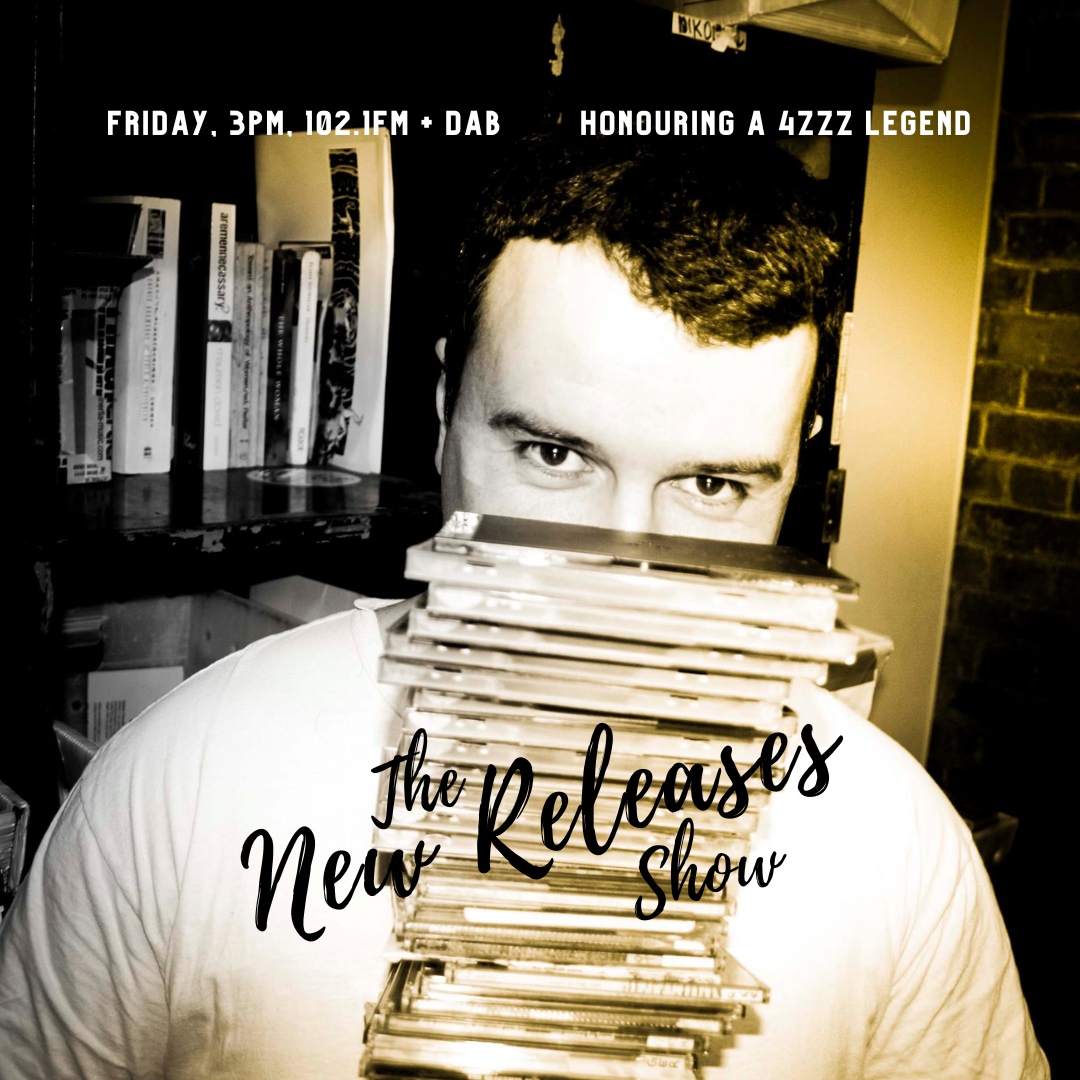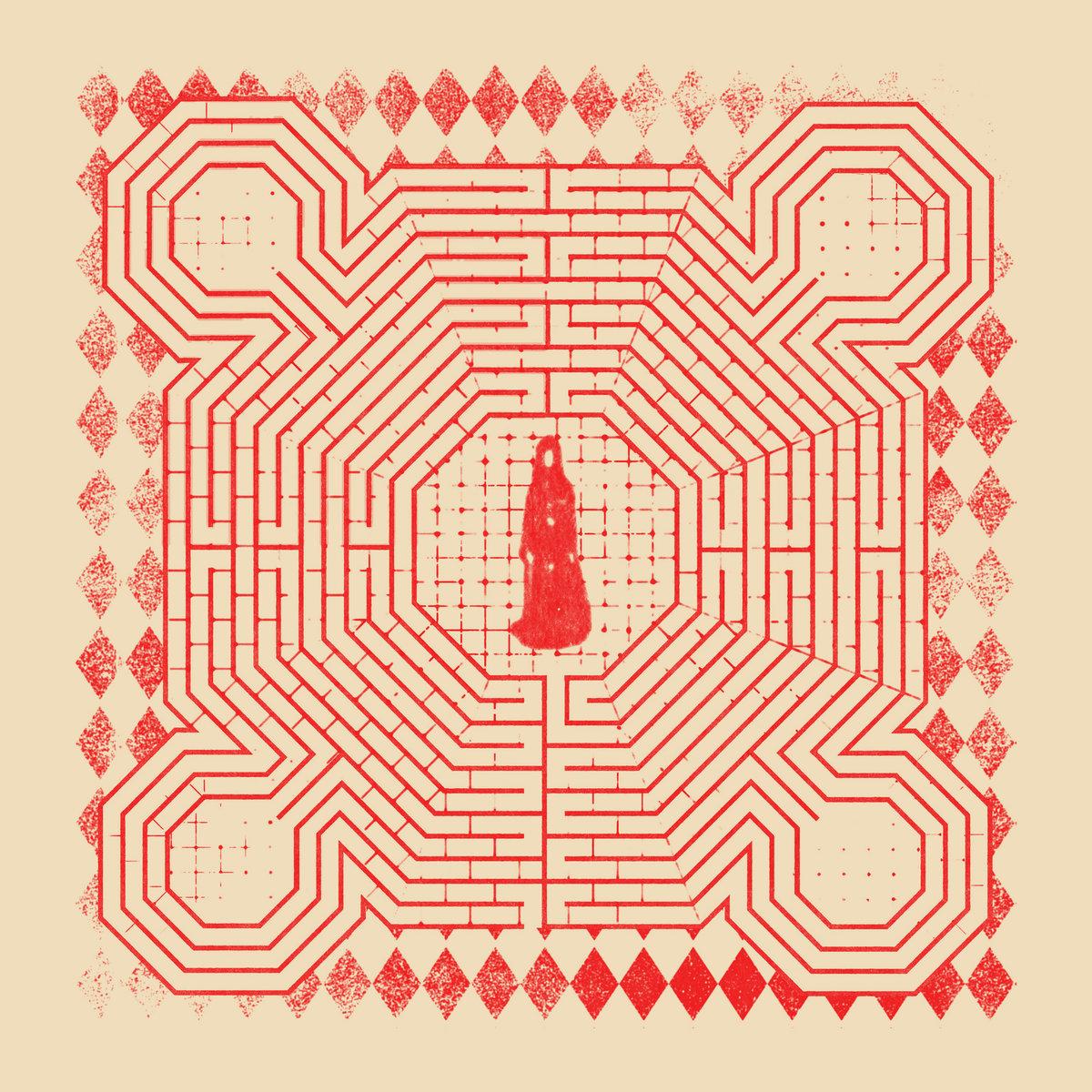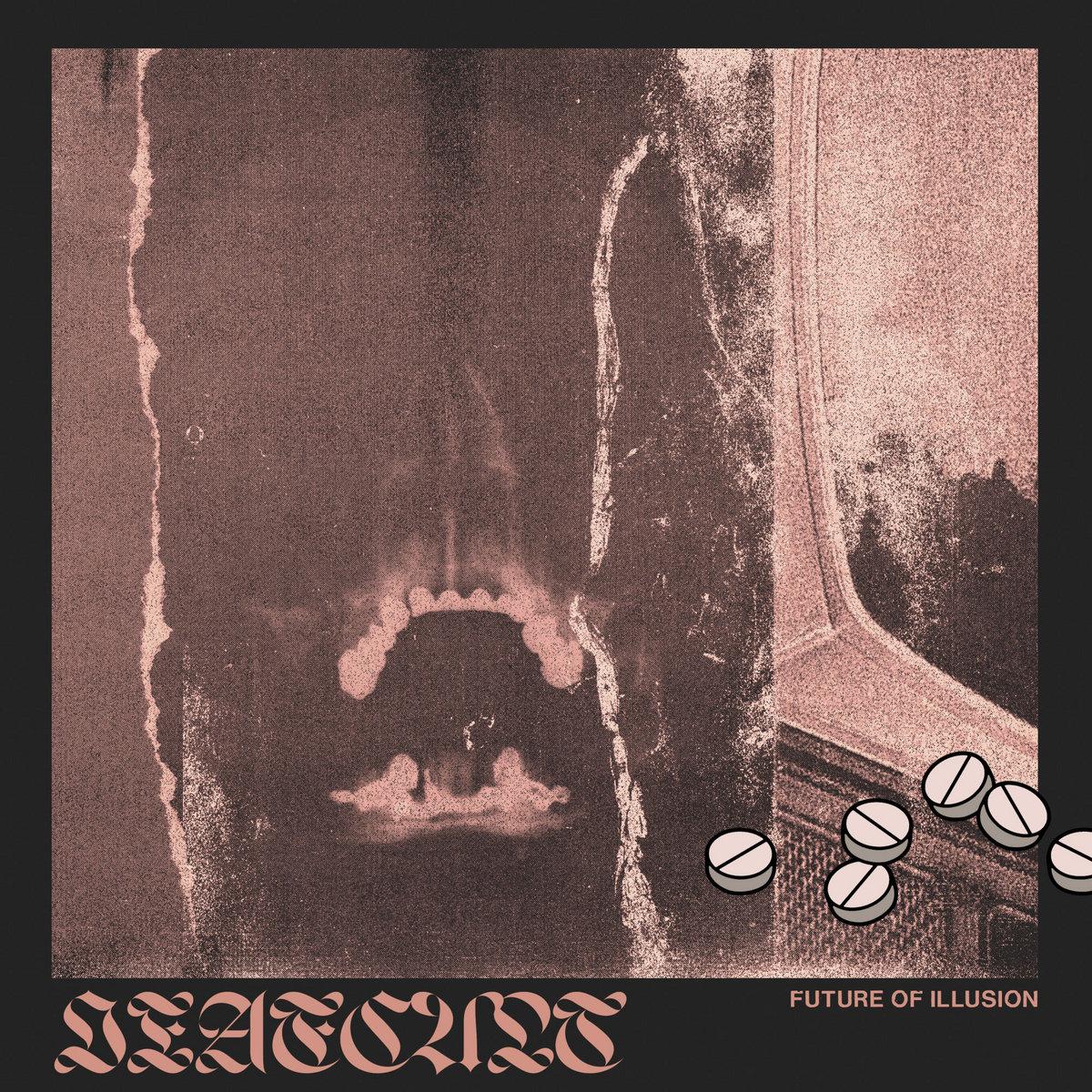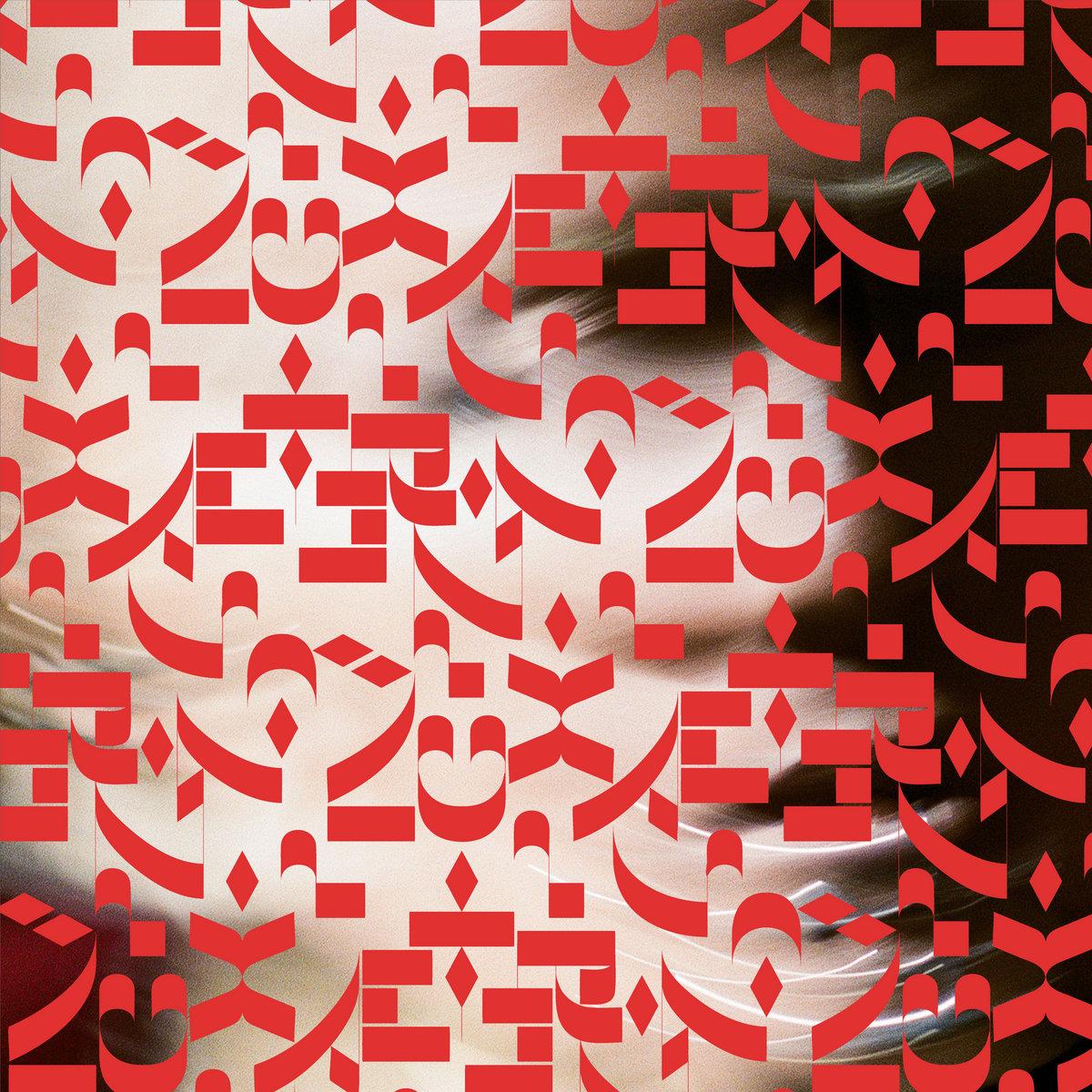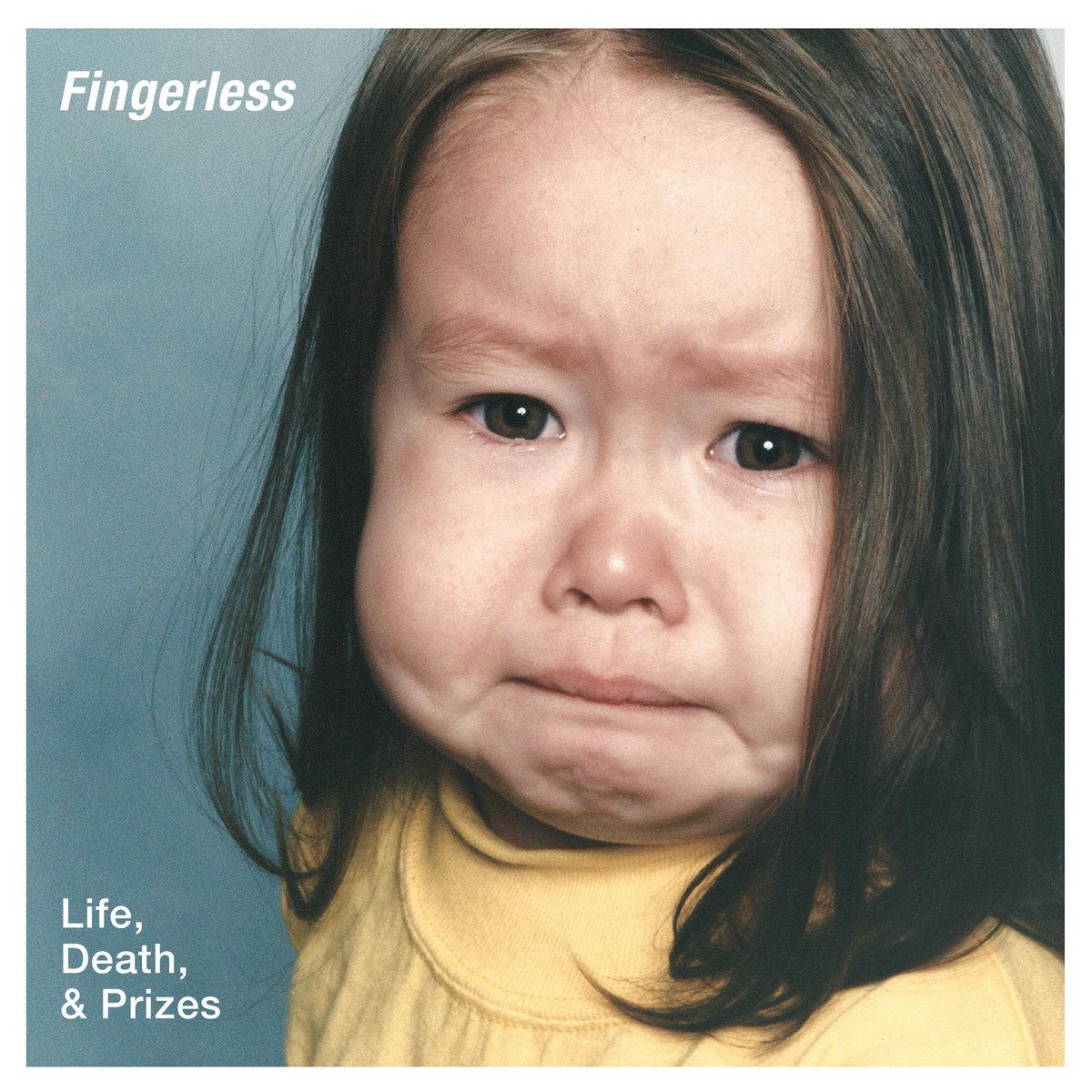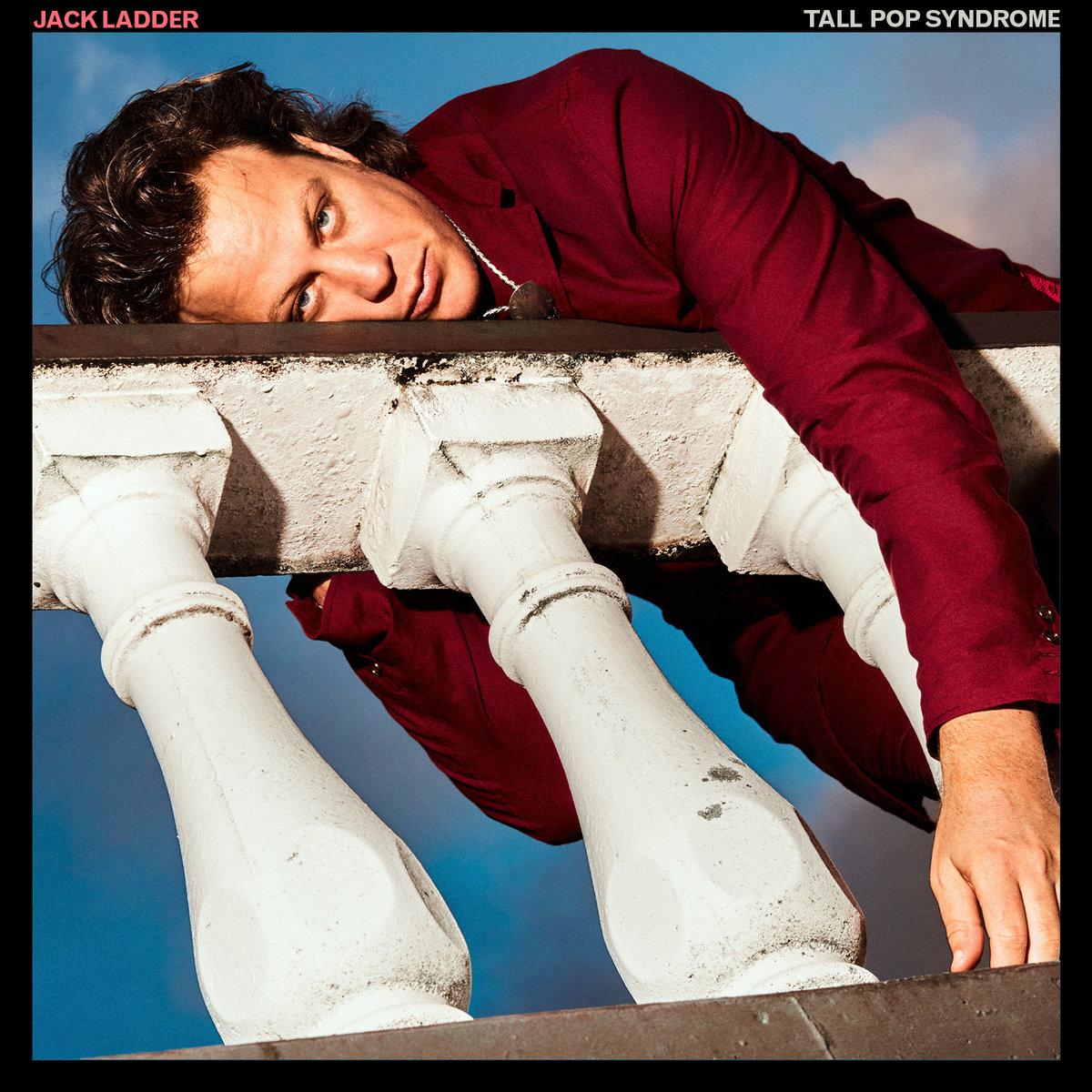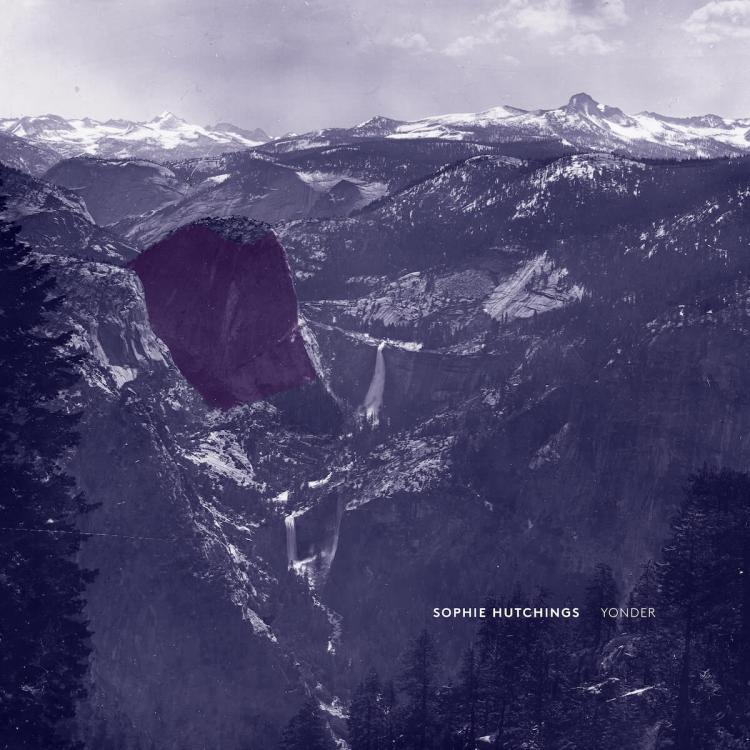
- Sophie Hutchings' 5th studio album, Yonder, is a calming trip through sparse landscapes rendered in gentle flowing piano. The set of six instrumentals sits fairly neatly within the contemporary piano sphere of Nils Frahm and Olafur Arnalds, but sports a freedom and spontaneity that is unique within its peers.
Yonder emerges into a world littered with pretty piano music, so it is a fair question to ask what Hutchings gives us here that isn't available elsewhere. And to be blunt, listeners familiar with Frahm and company will not find anything shockingly surprising on this album. But this is no cookie-cutter replica either.
A close listen reveals much that sets Hutchings apart from her contemporaries. A sense of freedom and spontaneity permeates her work, and while some of the purveyors of aforementioned pretty piano music could be accused of working to a template (Ludovico Einaudi comes to mind), there is nothing formulaic about Hutchings' approach. And while the piano music of Michael Nyman and Max Richter sometimes speaks of steel and glass, Hutchings is all earth, leaves, and flowing water.
Hutchings' playing is key - her subtle touch and liberal rubato are what shines most brightly in this work. The compositions themselves, if one imagines them committed to paper and put in the hands of a competent but less sensitive pianist, are not always entirely remarkable. But this is clearly not the point - Hutchings' fluidity and expression are completely individual and shine above her particular choice of notes.
One of the most compelling compositional moments on Yonder occurs halfway through track 2, North Northwest. After 4 minutes of lovely cyclic chords and motifs, the piece resolves peacefully on its tonal centre. At this point, we expect an ending or a journey somewhere new, but Hutchings gives us neither - instead, she remains on that stable chord, slowly building up a monumental soundscape of repetitive figures and soaring cello tones. For around 6 minutes we are frozen in a moment, gradually intensifying, and immensely satisfying. It is reminiscent of John Adams' glorious work The Dharma at Big Sur - a composition which is interestingly also inspired by natural landscapes.
Such ecstatic moments are rare on the album, which tends more often toward subtlety and reflection. Hutchings is delicately romantic on Sway, mysteriously impressionistic on Always, and channels a stark Winter chill on the Tori Amos-esque The Road.
The piano is central throughout Yonder, and is captured with gorgeous intimacy and presence. Wisps of cellos and synthesisers emerge occasionally from a reverberant background, until the final track, Pipe Dream, where the strings are invited to join the piano at the front of the mix, and ghostly vocals appear for the first time on the record.
Yonder is a beautiful and meditative listen, and while it shatters no boundaries, Hutchings has managed to transcend the ubiquitous world of pretty piano music to communicate something deeply sincere and personal.
- Chris Perren.

